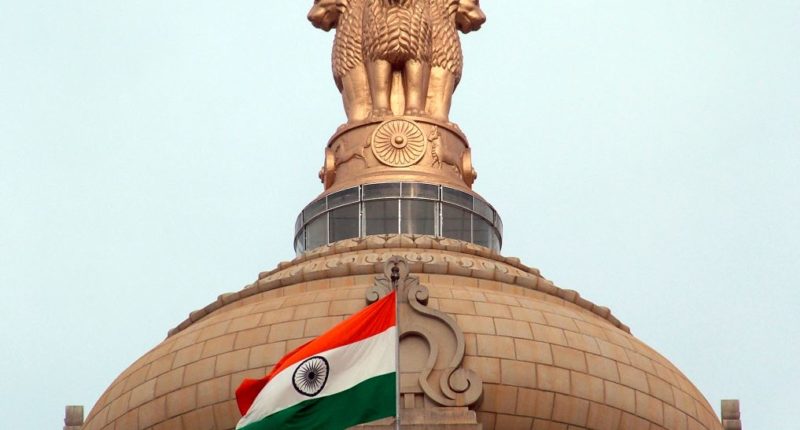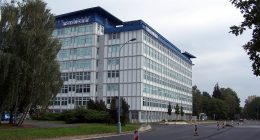In an admission that could (and probably would) have some serious consequences, India’s home minister Amit Shah said during a debate in the parliament’s lower house today, that government used facial recognition to identify over 1,100 individuals for alleged involvement in the recent Delhi communal clashes. This came in as a response to a question put up by a fellow parliamentarian during an ongoing debate on Delhi riots and government’ s handling of the same.
Shah said, “The people of Delhi have sent the Delhi Police photos and footage of the riots in the thousands”, Shah said. These photographs and videos were then apparantly cross referenced with existing data held by the government. Government data such as voter ID data, driving license data and “other government data” was fed into the software, which has helped identify over 1,100 people, out of which more than 300 people came from the neighboring state of Uttar Pradesh, Shah revealed.
“We are using face-recognition software to identify people behind the violence. We have also fed Aadhaar, driving license data into this software. The software has identified 1100 people, 300 of these people came from UP to carry out violence,” Home Minister Amit Shah said.
This is perhaps the first of its kind admission coming in from the federal Government. An admission like this, is generally refrained globally, since it puts serious questions over the kind of power and influence the government can exercise with such a tech at its disposal. In India, where there’s Aadhaar, the world’s largest database of individuals with fingerprints and facial scans, the issue becomes even more concerning.
This admission and the scale of use isn’t all. India is already developing a nationwide facial recognition tech at an unprecedented pace. India’s National Crime Records Bureau (NCRB) is looking to develop a national level Automated Facial Recognition System, which is expected to be the foundation for “a national level searchable platform of facial images”. The database for the system would be created by using passports, data from the Crime and Criminal Tracking Network and Systems (CCTNS), and the Interoperable Criminal Justice System, among other things.





